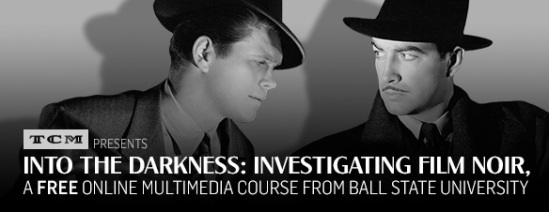(WARNING: Major spoilers abound!)
The cartoon begins with Wimpy as a police officer (oh, the social commentary inherent here!), leading a dandified thief in handcuffs. Wimpy stops to observe a local hamburger stand, leaving the thief sufficient time to break free.
The thief happens upon Popeye’s Pawn Shoppe, where he observes Popeye beating up an inanimate suit of armor and decides he can make a killing here. Sure enough, he enters the pawnshop, picks up a box of silverware laid out in the shop, and tries to sell it back to clerk Olive Oyl — who was distracted from the theft by her own game of mumblety-peg with a nearby knife (at one point bouncing the knife off her fanny). The thief almost makes the sale, too, except he asks too much money for this obviously discerning clerk to pay him. (She determines the knives’ value by playing another round of mumblety-peg with one of them.)
Popeye intervenes and demonstrates the low value of the knives by using one of them to slice a hair; the blade promptly falls into two pieces. (So then why did Popeye’s store have the knives to start with?)
The brute engages Popeye in a sword fight, at which Popeye is at a notable disadvantage; Popeye’s sword phallically droops during the fight, and at one point the suit of armor hits him back in revenge for getting beaten up earlier. From behind the counter, Olive helpfully pulls out an already-opened can of spinach (what’s the pawn value for that these days?), and Popeye’s strength (not to mention the bulge on his sword) is reinforced.
The series’ motif of playing “Stars and Stripes Forever” during Popeye’s climactic battle gets one of its more clever variations here, as Popeye slowly denudes the thief in time to the cartoon’s playful version of the march. The thief gets knocked back into the handcuffs of Wimpy, who’s still drooling over hamburgers and hadn’t even realized his charge had escaped.
Lesson: Popeye is a hero and a worthy adversary, but don’t let him get within a hundred yards of a pawnshop.
On a rating scale of 1 to 4 spinach cans, I give this cartoon: 











